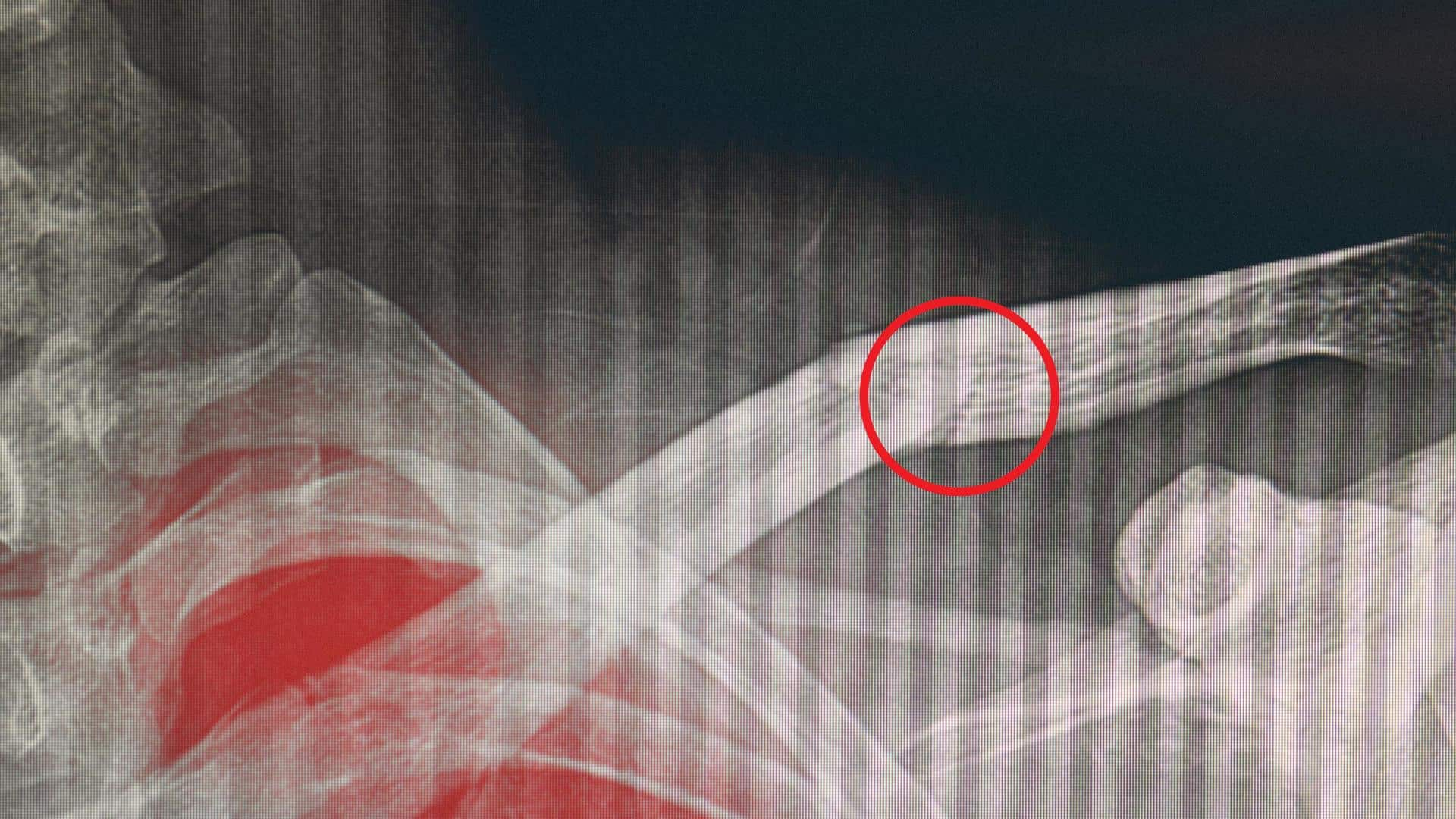
Here is everything you should know about hairline fractures
What's the story
Also called a stress fracture, a hairline fracture is a tiny crack or an intense bruise on or within a bone. It is a condition that is more prevalent among people with weak bones or osteoporosis. The bones present in limbs are the most vulnerable, which is why it is quite common among athletes. Here's everything you should know about it. Read on!
Context
Here's what our expert says
Hairline fractures are cracks in the bones that do not traverse the entire thickness of the bone. They can be diagnosed by an X-ray. They are incomplete nondisplaced fractures of the cortex of the bone. Treatment involves immobilizing and supporting the bone and both the distal and proximal joints of the bone involved. Analgesics are used for the pain, and surgery is not required.
Overview
Hairline fractures mainly occur owing to repetitive actions
Hairline fractures usually happen by overuse or repetitive movements that yield damage over time. Not allowing yourself sufficient time to heal between activities can increase your chances of experiencing this injury. It is a common condition that attacks thinner bones or the ones weakening when one is involved in high-intensity activities. A hairline fracture generally takes a lot of time to recover.
Causes
They are more common among women than men
As per research, hairline fractures are more common in women, especially those with irregular period cycles. Additionally, people who are quite active in sports including football, basketball, rugby, tennis, jump ropes, and hockey, are also more likely to suffer from it. Even ballet dancers are at high risk because of demanding footwork. Therefore, they should take extra care while indulging in strenuous activities.
Symptoms
People with hairline fractures feel immense pain, swelling, and tenderness
Those who develop a hairline fracture experience severe and sharp pain in the affected region. The pain magnifies when the person indulges in activities that put stress and strain on the injured bone. In addition to pain, patients also experience heavy swelling, tenderness, and bruising on the affected area which may take weeks to vanish fully. Consulting an orthopedic becomes necessary.
Treatment
Rest, ice packs, and painkillers are some home remedies
For the first few hours or immediate days, it is recommended you elevate the affected area and apply an ice pack at regular intervals. This can help you get rid of swelling, which will eventually reduce the pain. It is also crucial to rest and refrain from activities that cause physical strain. A full recovery typically takes about six to eight weeks.
Prevention
You can reduce its risk by consuming vitamin D
One can curtail the risk of hairline fracture by eating a diet rich in vitamin D and calcium as they help keep your bones strong. Additionally, you should take breaks between activities to prevent intense or repetitive movements. You must also ensure that your movements are gradual instead of sudden. Wear proper gear or insoles to prevent damage while working out.